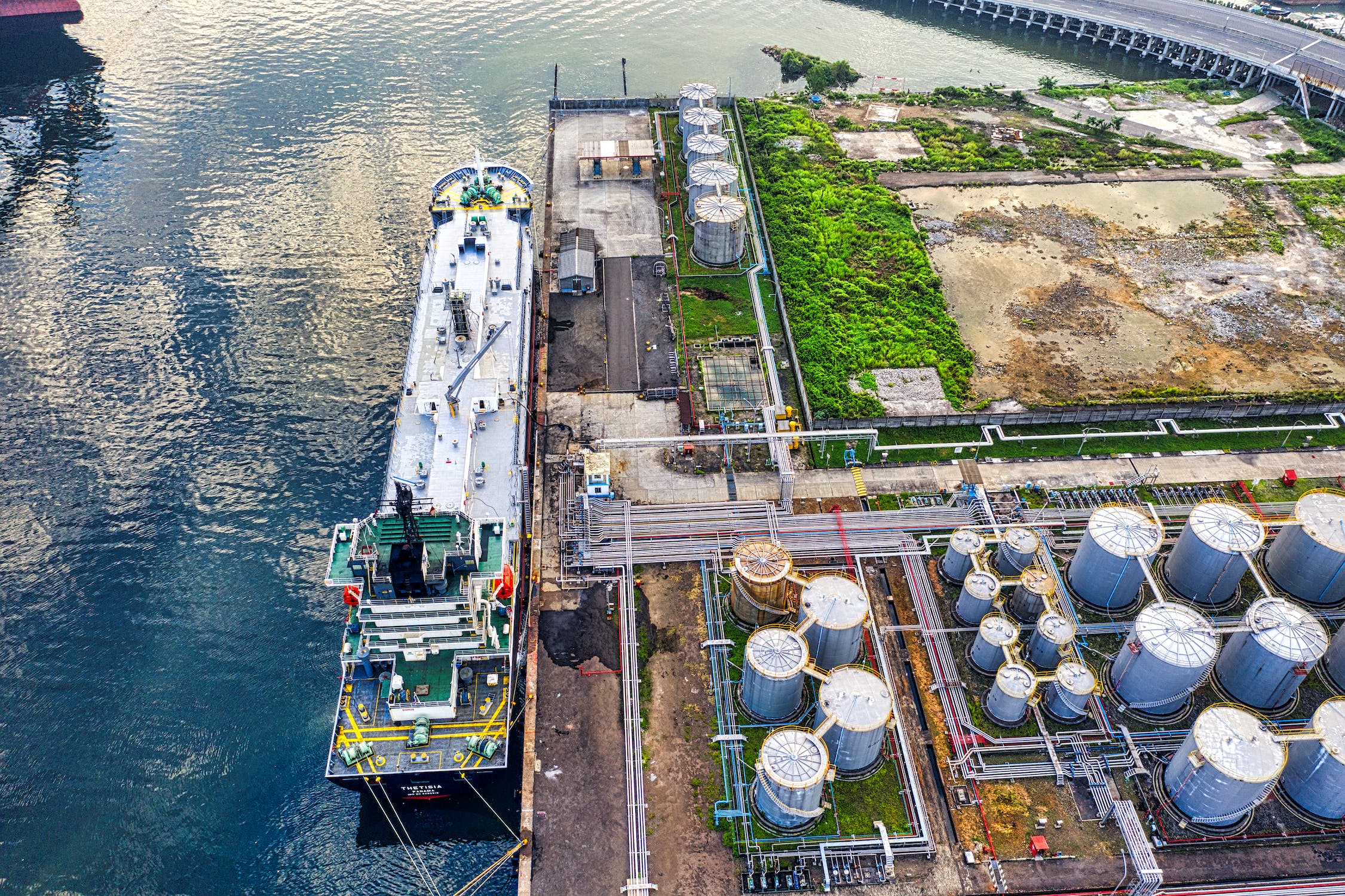
10 Apr FUTURE TRENDS IN OIL AND GAS: NEW INNOVATIONS AND CHANGING MARKETS
The oil and gas industry has been a major source of energy for over a century. Despite the growth of alternative energy sources, oil and gas continue to play a critical role in meeting global energy demands. Keep in mind though, friends: The industry is also facing significant hurdles that will shape the future of oil and gas production. For sake of debate, let’s think more deeply about the future of oil and gas production and trends that will impact it for months and years to come.
First to talk about on our list: One of the biggest challenges facing the oil and gas industry is the global shift towards renewable energy sources. As countries seek to reduce their carbon emissions, they are investing in wind, solar, and other renewable energy sources. This shift is expected to lead to a decline in demand for oil and gas, which could result in lower prices and profits for companies in the industry.
To address this challenge, many oil and gas companies are diversifying their portfolios and investing in renewable energy sources. For example, BP has set a goal of becoming a net-zero company by 2050 and is investing heavily in renewable energy. Shell has also set a goal of becoming a net-zero company by 2050 and is investing in hydrogen and electric vehicle charging infrastructure.
Digitalization is also sweeping the field. As the industry becomes more complex and global, companies are turning to digital technologies to improve efficiency and reduce costs. This includes using sensors and other data-gathering technologies to monitor equipment and optimize production.
This wave of digital transformation is also helping companies improve safety by providing real-time data on equipment performance and identifying potential issues before they become major problems. For example, ExxonMobil is using digital technologies to optimize production at its Permian Basin operations, which has led to significant cost savings.
As the world seeks to reduce its carbon emissions, carbon capture and storage (CCS) has emerged as a promising solution for the space too. CCS involves capturing carbon dioxide emissions from industrial processes and storing them in underground formations. This technology could play a critical role in reducing emissions from oil and gas production, which is one of the largest sources of greenhouse gas emissions.
To date, CCS has been limited by high costs and regulatory challenges. However, many companies are investing in the technology and working to overcome these challenges. For example, Chevron is partnering with Microsoft and Schlumberger to develop new CCS technologies, while BP has set a goal of developing 10 million tonnes per year of CCS capacity by 2030.
Decentralization will also play a prominent role in influencing the future of oil and gas production. Traditionally, the industry has been dominated by large, centralized operations that rely on economies of scale to remain profitable. But make no mistake – advances in technology and the growth of smaller, independent producers are changing the industry landscape.
Decentralization is leading to more diverse and innovative approaches to oil and gas production, including smaller-scale operations that are more adaptable to changing market conditions. This trend is also leading to greater competition and more opportunities for new entrants into the industry.
To remain competitive in this evolving landscape, companies in the industry will need to adapt to these trends and invest in new technologies and approaches to production.



